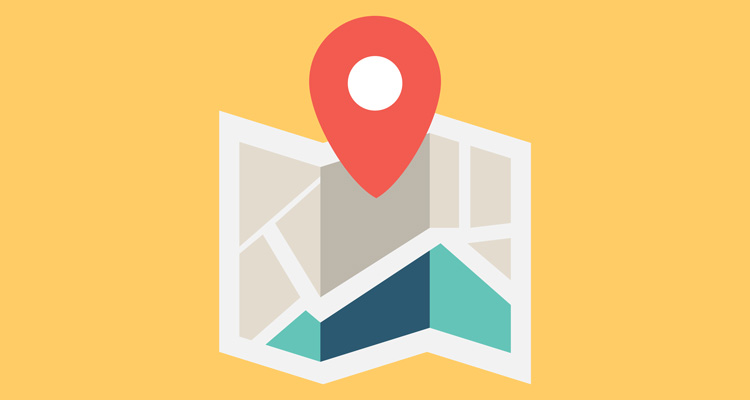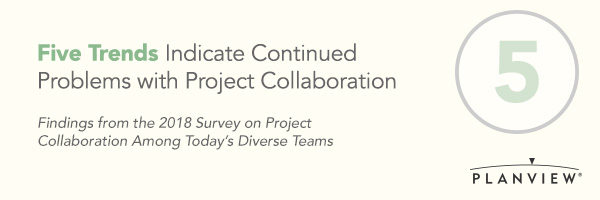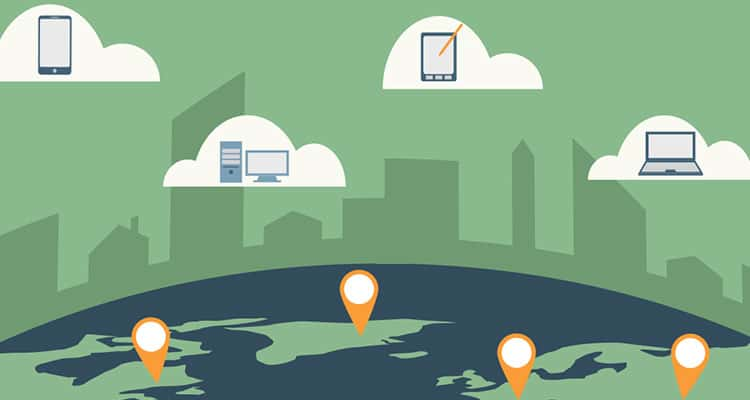
Project roadmaps have recently become one of the most popular tools in the workplace. As organizations deal with many different types of work—be it the industry, scale, or people—it’s no surprise that they have multiple tools to get work done. For a long time, the concept of “project plans” has been the most dominant and prevalently used. However, in recent times, we keep hearing a lot about another tool—project roadmaps. So, let’s have a look at what a project roadmap is.
What is a Project Roadmap?
A roadmap is a tool to communicate direction and progress to internal teams and external stakeholders. It sits at the highest level of planning where it is mostly concerned about the strategic plan that defines a goal or a strategic outcome and includes essential steps and milestones to reach it. It is a very high-level representation of a project(s) regarding goals, workstreams, activities, timeline and risk levels. A roadmap can be of different types—i.e., Marketing roadmap, IT roadmap, Financial roadmap—each having its unique attribute but by and large the same structure.
At this point, it is essential to understand what a roadmap is not.
It is not the “project plan.” The project plan usually goes into operational things like scope, budget, risks, etc.
Neither is it a backlog. The backlog is usually a granular list of to-do’s that need to be done to complete a strategic initiative, whereas roadmap planning is the process of creating a high-level strategy out of backlogs, tasks, and ideas. So, a project plan and backlog, in their real sense, are subsets of the project roadmap.
It is also not a project management tracker. Many people assume a roadmap to be the place from where they can keep an eye on every aspect required to complete an initiative, like details of execution, personnel responsible for tasks, discussions around topics and milestones, deadlines, etc. These are tracked in project management tools that provide project workspaces.
Structure of Project Roadmap
A project roadmap usually consists of:
a) Strategic goals and objectives. This is the “why” that serves as the guiding star for everyone involved. The objective is laid out for the teams and stakeholders and helps to validate every choice and decision that is made.
b) A timeline representing the schedule to attain those objectives. Like other types of work, a roadmap is time-bound and plotted against a time frame. This timeline provides a more realistic understanding of the different undertakings needed to attain the above-mentioned goals and their respective strategies.
c) Important checkpoints or milestones to indicate and evaluate progress. Based on the strategy, important milestones are marked on the timeline and serve as huddle points. Milestones have clear definitions, stating what needs to be completed to reach a milestone. These also serve as a point of correction and observation.
d) Workstreams or themes, showing the different categories of work involved. A roadmap is a very high-level plan, and hence it has to deal with multiple themes or types of work to attain its strategic objective. Each of these themes or workstreams is a bucket in which work is getting done and contributing to the overarching goal of the roadmap.
e) Phases, suggesting the work that needs to be done within each workstream, contributing toward the progress of the same. These are sequential arrangements of smaller work items that are either small projects in themselves or a backlog for a sprint team, based on the magnitude.
f) Dependencies and risks at a phase level. As we move deeper into the workstreams and start creating phases, dependencies begin developing amongst phases and raise potential risk flags for respective workstreams. These dependencies and risks are visually marked and made prominent to serve as watch-outs as we move through a workstream.
Benefits of Project Roadmaps.
As the name suggests, a project roadmap serves as a guiding map for the entire project, encompassing all the different elements involved in it. It is firmly rooted in the “why” and states the goal(s) and the strategies to achieve the goal(s) very clearly for all stakeholders. Having a roadmap to guide you gives the following benefits:
a) High-level understanding of the whole project without having to dive deeper into details.
b) Consolidation of the goal(s) and strategies that are used to solve decision hurdles and dilemmas at the execution level.
c) A sense of direction and progress through a communication tools for internal and external stakeholders.
d) Flexibility of connecting strategy with execution and see the progress in real time from a bird’s eye view.
ProjectPlace may be the right collaboration tool for you, as it provides teams and higher-ups with visibility into the work being done and how it contributes to the larger strategic initiative(s) of the organization. With features such as collaborative workstreams, Gantt charts, Kanban boards, document collaboration, and much more, you will be able to rest easy knowing your organization’s teams are equipped with the best project management tools. To learn more about how roadmaps work, please visit https://success.planview.com/Projectplace/Planning/Work_with_the_Roadmap or register for a free trial of ProjectPlace today!


![Project Management Software: Chaotic Ways of Working [Video]](https://blog.planview.com/wp-content/uploads/2017/08/Chaotic-Ways-of-Working-2.jpg)



